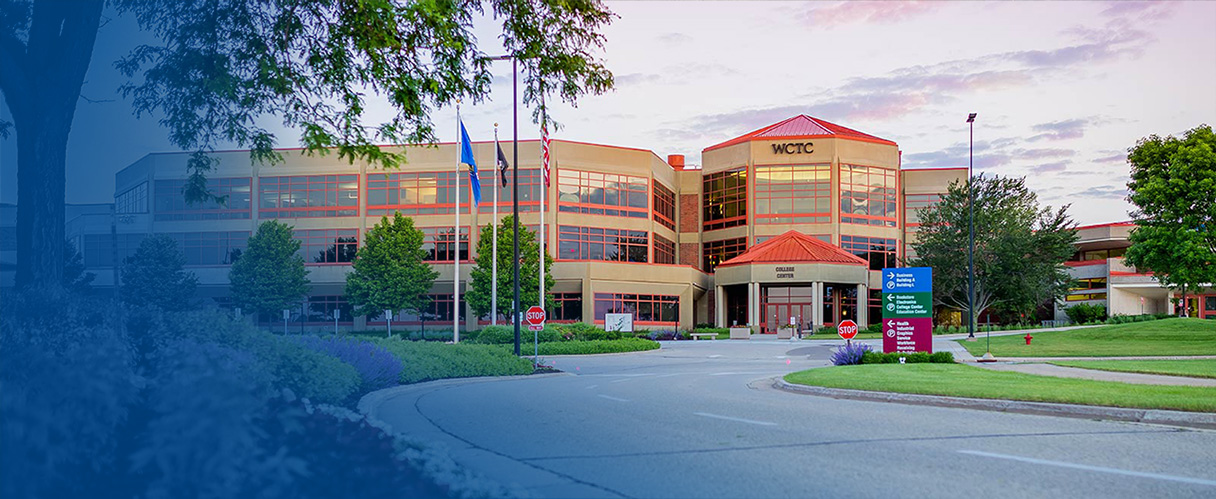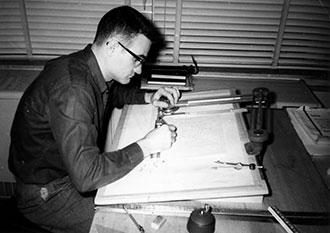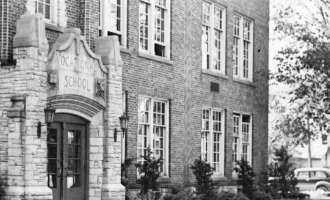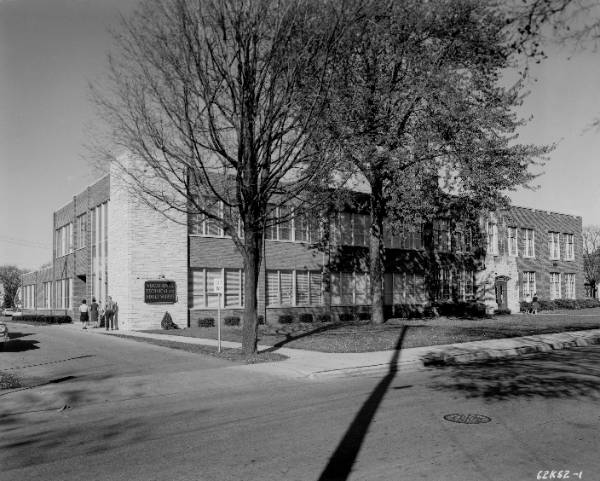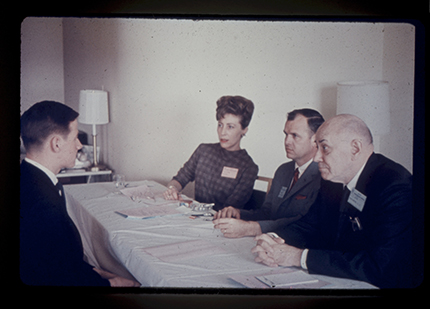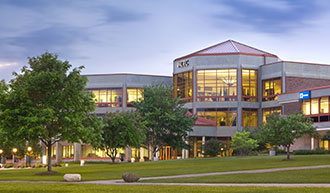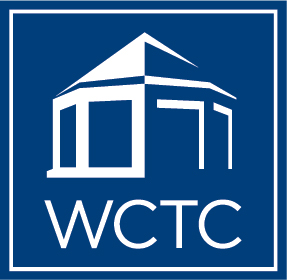First Instructor Hired
The newly formed Waukesha Vocational School occupied the basement of Waukesha High School (now Les Paul Middle School). J.E. Worthington, who was the principal of the high school, served as part-time director. The 1920 board minutes authorized the purchase of materials to build 20 manual training benches and 20 mechanical drawing benches – to be constructed by students as their first project.
O.B. Lindholm was hired as the school’s first manual training instructor-turned-director. The school was officially established on May 1, 1923.
Enrollment was 443 – half were daytime continuation students and half were evening adult students; none were full time. The school’s annual budget was $15,500, which included $4,500 in federal aid.
